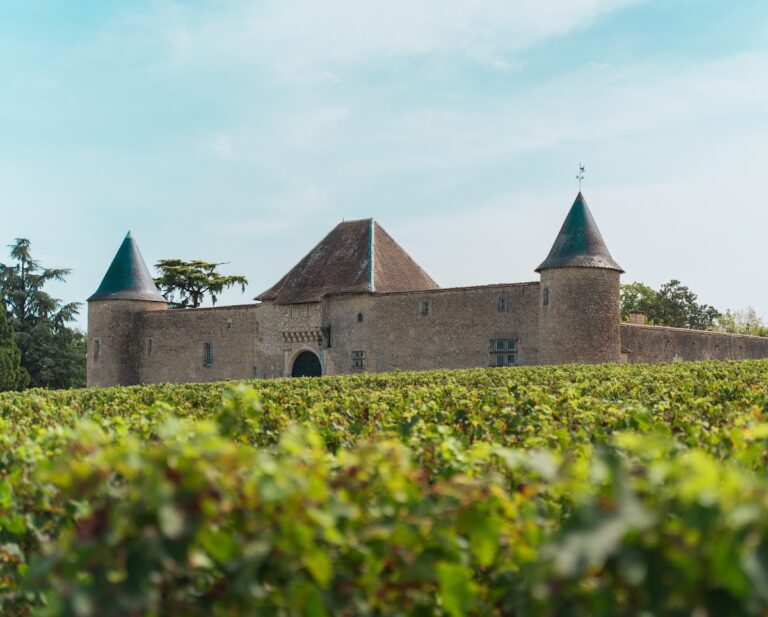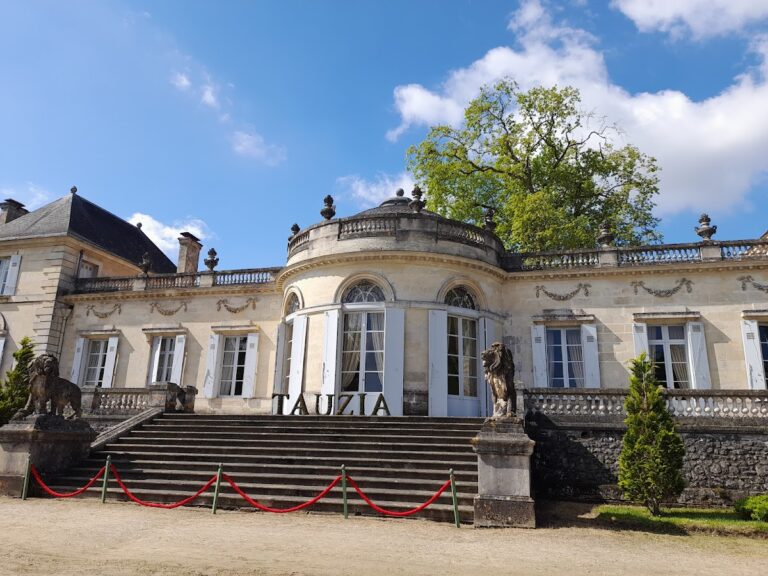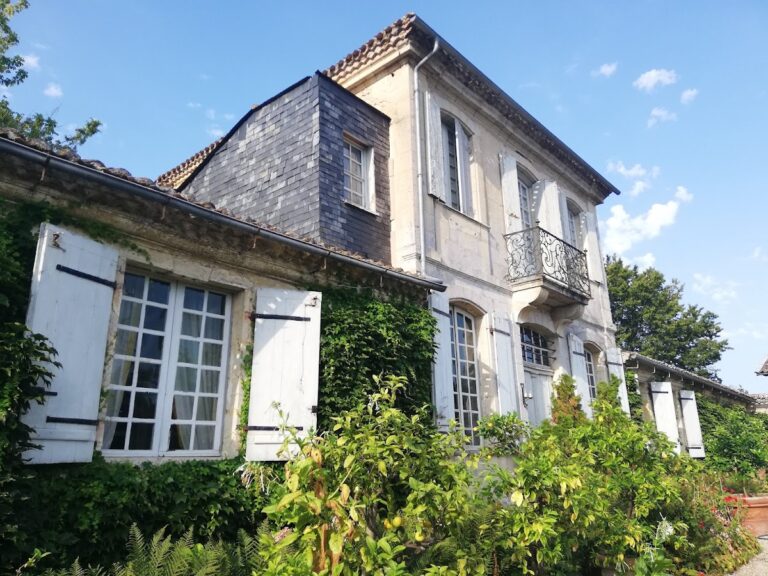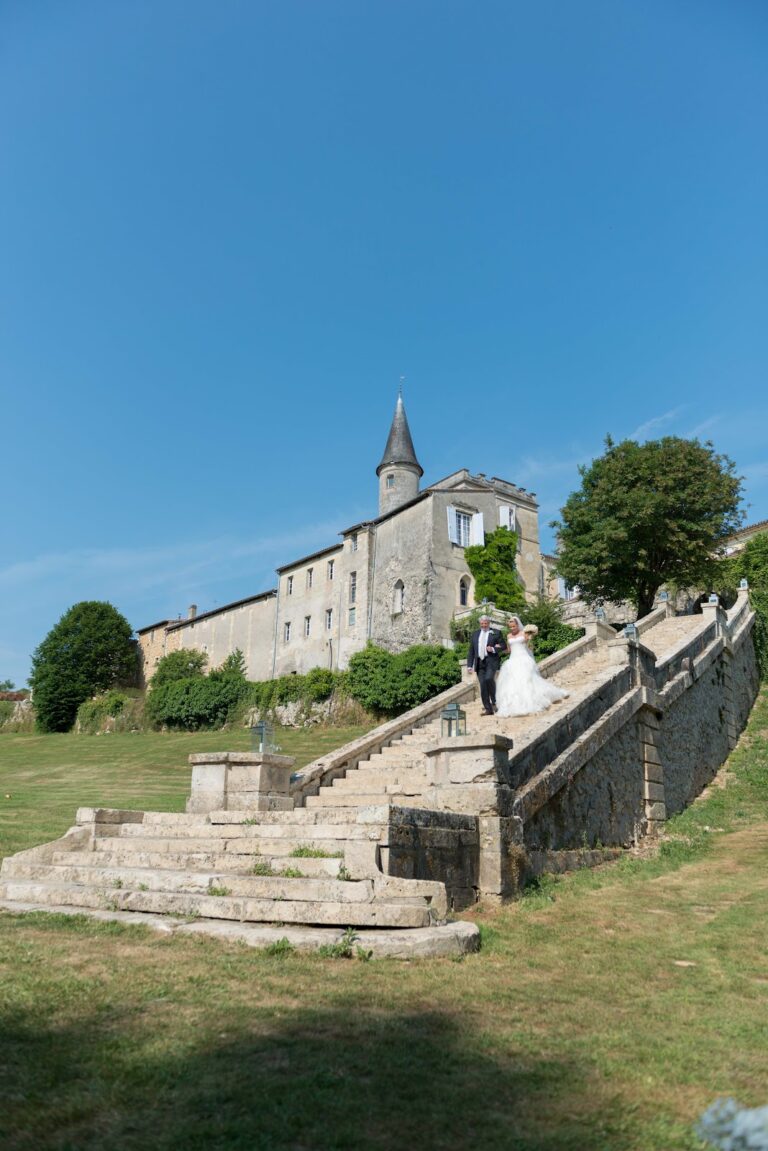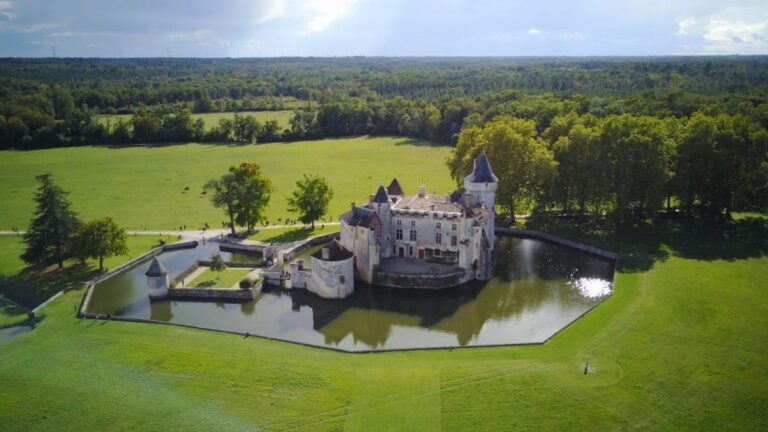Château de Malherbes: A Historic Vineyard Estate in Latresne, France
Visitor Information
Google Rating: 4.8
Popularity: Very Low
Google Maps: View on Google Maps
Official Website: www.chateaudemalherbes.fr
Country: France
Civilization: Unclassified
Remains: Military
History
Château de Malherbes is situated in the municipality of Latresne, France, and its origins trace back to a noble estate established by medieval European settlers. The estate’s beginnings can be linked to Guilhem de Malherbes, a knight who returned from the Crusades at the end of the 14th century. This founding figure laid the groundwork for the property, which was part of the local noble landscape as documented from the 16th century onward, indicating a continuous presence of a noble household on the site.
Throughout the centuries, Château de Malherbes has maintained its role as a vineyard estate. Located on the right bank of the Bordeaux wine region, it belongs to the Cadillac Côtes de Bordeaux appellation, a recognized area known for wine production. The vineyard currently spans 20 hectares, with 12 hectares actively cultivated with vines, reflecting a longstanding tradition of viticulture linked to the estate.
In recent history, the château experienced a renewed phase of development after being acquired in 2014 by Mikhaïl Bereshchanskii, a businessman from Russia. His stewardship has focused on enhancing the estate’s facilities, which included building a new gravity-fed wine cellar in 2021. This addition aimed at improving wine production while respecting the site’s heritage.
Remains
The architectural ensemble of Château de Malherbes includes the main residential building, known locally as the logis, which underwent a significant rebuilding in the 19th century. Although constructed in this later period, the design consciously reflects the style of the 16th century, aiming to harmonize with the château’s historical identity and earlier noble origins. This blending of eras is evident in the visual character of the main building.
In addition to the logis, the estate comprises several outbuildings, or communs. These secondary structures present a layered history: parts date back to the 14th century, offering a rare glimpse into medieval construction, while most of the current fabric was built in the 18th century. This mix of periods reveals how the estate expanded and evolved across centuries to meet changing functional needs.
All these buildings stand within a surrounding park environment, which provides a setting befitting a noble estate, though detailed descriptions of the park’s design or specific decorative elements have not been documented. Overall, the château and its associated buildings represent a physical narrative of continuous inhabitation and utilitarian adaptation, combining elements from the medieval period through the modern era.





